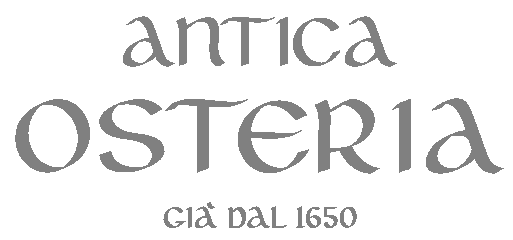Not only four kilometres of history and city life. In Lucca the walls have given much more: the first bike ride, the first race, falls with skates, the first love. The locals all grew up with this great protective wall, which embraces the city as a good giant. Part of an ancient war car, born with ancient Rome, rebuilt in the middle of the Renaissance, the walls have become a large city park among the most evocative in the world.
They are maintained with passion by the people of Lucca, who have also created a foundation, Opera delle Mura di Lucca, brick after brick, tree after tree, today are intrinsic elements of the landscape and daily life and attraction for tourists.
As already stated in the verses of D' Annunciation in the early twentieth century:
«You see grey olive groves on a long way
vaporising the face to the hillocks, or Serchio,
and the city by the arborated circle,
where the Guinigi woman sleeps[....]».
(Gabriele D'Annunzio, Elettra, da La Città del silenzio, 1903)
Imagine walking on a wide, circular and tree-lined path with high horse chestnut trees, plane trees, poplars, lime trees, lime trees, 12 metres high on a grassy meadow that once constituted the moat, between eleven bulwarks and six gates leading to the historic heart of the city, which we remember over 2000 years ago (we want to go back to its Roman origins, if not Imagine yourself in one of the northern bastions, between young people intent on jogging, or simply walking, and elderly people sitting in one of the benches that are gradually free: on your right the marvel of red roofs and ancient ochre-coloured palaces, and with the bell tower of the church of San Frediano to beat the hours; on the other side an immense green mantle, the rest of the tree-lined perimeter that curves around the city, and in the distance the Apuan Alps that rise above the background. A unique panorama!
In 2013 the city hosted a series of events in honor of the 500 years of life of the Walls of Lucca; it was the year 1513 and the then Republic of Lucca decided to expand and rebuild the previous medieval walls, which proved inadequate and insufficient to contain a possible siege outside. Born and maintained for defensive purposes, the walls of Lucca never had the opportunity to serve their function. In the history of the city there was never any siege or attempt at invasion.
The walls of Lucca have a fascinating history. They were initially built by the Romans, around 180 BC, to surround from north to south and from west to east the current Via San Giorgio, Corso Garibaldi, Via Galli Tassi and Via della Cittadella, Via della Rosa and Via dell' Angelo Custode. Via Veneto, via Calderia and via degli Asili formed the so-called Cardus Maximus, while the Via San Paolino, Via Roma and Via Santa Croce were tasked with tracing the Decumanus Maximus, which then crossed with the Roman forum of Lucca, the centre of the urban nucleus, which can be found today in Piazza San Michele, for this reason also called San Michele in Foro. After the Roman one another circle of walls was built, which became necessary in particular after the destruction of large, older sections (already in bad condition) by the Marquis Boniface of Tuscany (X century) and the new threat represented by Frederick I (Federico Barbarossa, as he's known in Italy), Holy Roman Emperor and the advance of his soldiers. The medieval walls of Lucca were integrated into the remains of the previous Roman walls, through the restoration of embankments and ditches, according to a defensive technique that in the period was spreading in several other Italian cities, expanding to include the peasant villages that had gradually formed outside the walls.
The current circle of walls of Lucca dates back to the Renaissance period. It was 1491 and Porta San Pietro, Porta dei Borghi and Porta San Gervaso, remained from the previous medieval walls, which were deemed insufficient to meet the new defensive needs of the city. The peremptory need for new modernizations was born, according to basic new fortification techniques. The same citizens are even involved in the construction, according to an ordinance called' commanded', it was necessary to enrol in the works. However, the reconstruction was not complete and it was completed in the following century (there were several projects and contributions, those undocumented by Matteo Civitali and Francesco di Giorgio Martini, or those of military engineers such as Galeazzo Alghisi, Baldassare Lanci, Francesco Paciotto or Alessandro Farnese (duke of Parma and Piacenza, which history recalls as one of the greatest leaders of the sixteenth century).
















